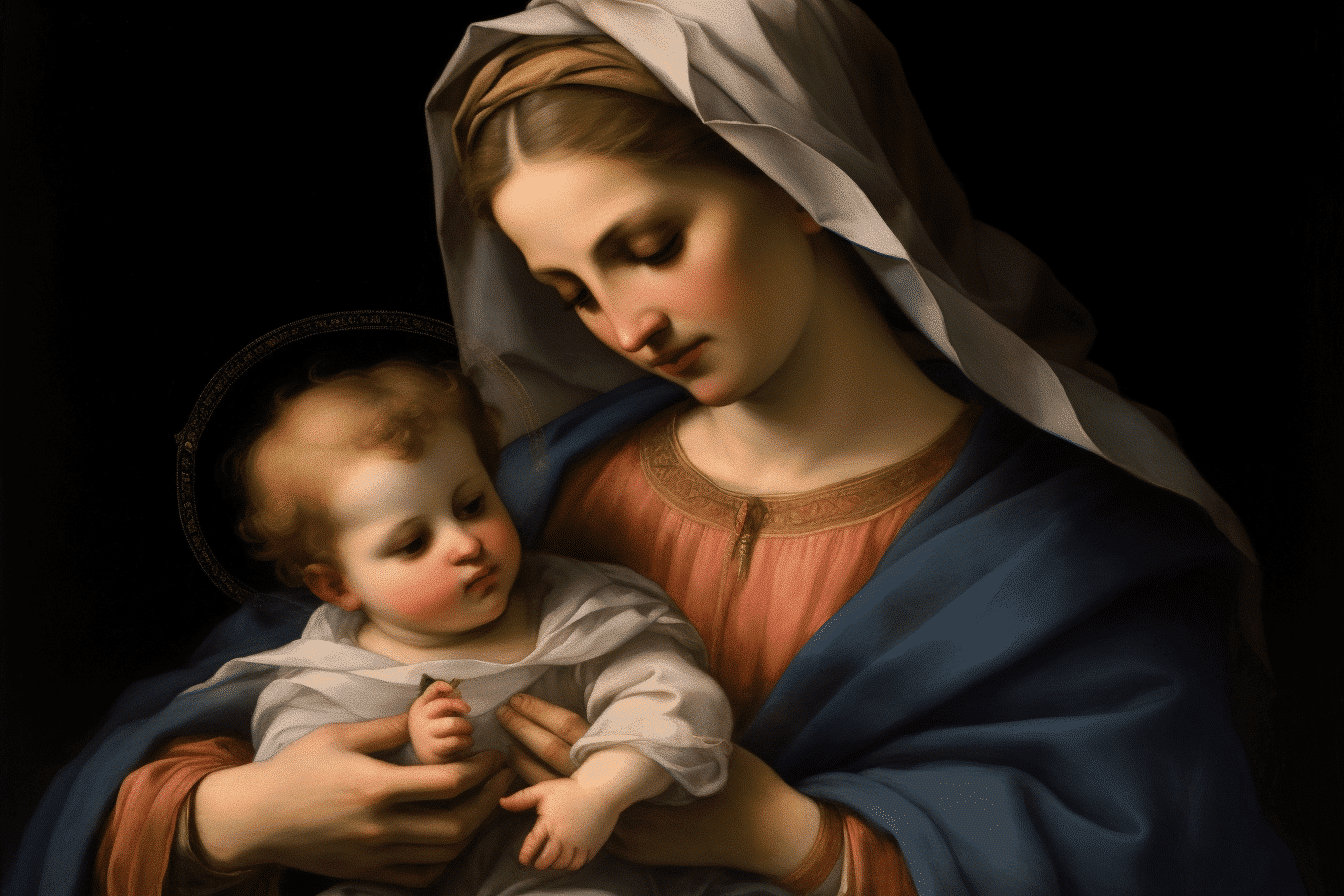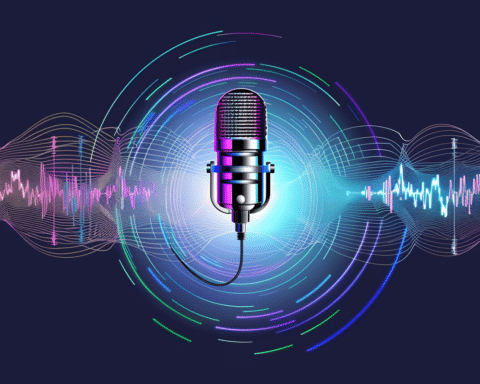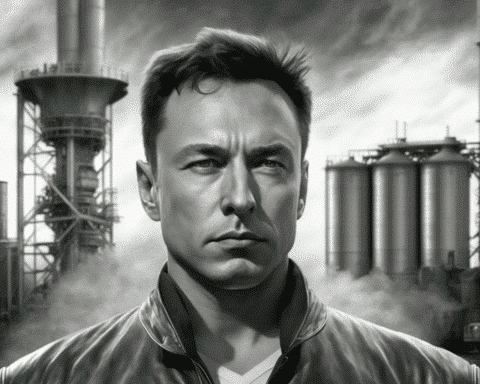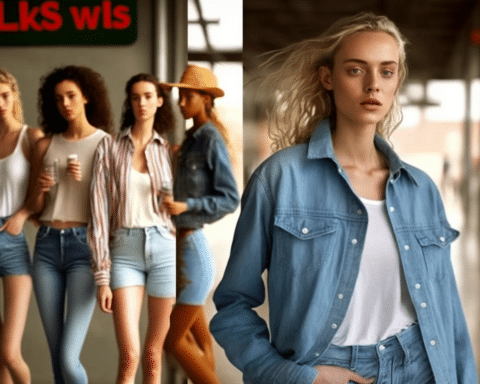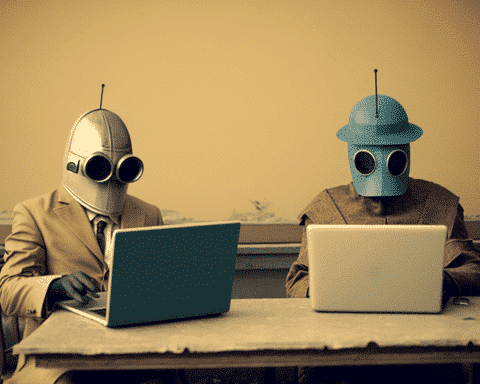In a groundbreaking study that intertwines the realms of art and technology, a 500-year-old mystery surrounding a Raphael masterpiece has been partially unravelled. “Madonna della Rosa” (“Madonna of the Rose”), long revered as a work of the iconic Renaissance master Raphael, now reveals a collaborative secret. A team of scientists from the England’s University of Bradford, led by Hassan Ugail, director of the Centre for Visual Computing and Intelligent Systems, has employed artificial intelligence to discern that not all strokes in this painting were Raphael’s own. This revelation redefines our understanding of this specific artwork and opens new discussions about the intersection of art history and modern technology.
Raphael, a luminary of the Renaissance era, renowned for masterpieces like “The School of Athens” and “Three Graces,” has always been admired for his artistic prowess. However, the “Madonna della Rosa,” currently housed in the Museo del Prado in Madrid, has been a contention among art connoisseurs. Howell Edwards, emeritus professor of molecular spectroscopy at the University of Bradford and study co-author, highlights a longstanding debate: the disparity in the quality of the painting’s characters, with St Joseph’s portrayal deemed inferior to that of the Madonna, Child, and St John.
Ugail’s algorithm, boasting a remarkable 98% accuracy rate, analyzes over 4,000 parameters, including brush strokes, colour palette, and hue. This meticulous examination led to a striking conclusion: the figure of St Joseph in “Madonna della Rosa” was not painted by Raphael. The AI’s analysis corroborates the suspicions raised by some art experts about the inconsistency in the painting’s composition.
The research, recently published in the Heritage Science journal, sheds light on more than just a single painting. It reignites a broader debate regarding the role of AI in art authentication. While some traditional art historians remain skeptical, Ugail defends the technology’s precision and ability to discern details beyond human capability. The algorithm Ugail and his team developed challenges conventional art historical narratives and proposed a new method for initial assessments of mysterious artworks.
This intriguing intersection of AI and art history does not aim to replace traditional methods but augment them, offering a fresh lens through which to view age-old masterpieces. As Ugail plans to expand this technology to recognize works by other artists, it is clear that this fusion of science and art is not just about re-evaluating past works but also about shaping the future of art authentication. The story of “Madonna della Rosa” thus opens a new chapter in understanding art’s complex tapestry, where every brushstroke has a story, and some of those stories are yet to be entirely told.
